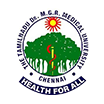More than 5% of the population are having a deformity in the spine. But it is usually masked by the clothes that we wear and our own biomechanics. By the time it becomes noticeable it is usually a significant problem. There are three aspects of this problem – one is the cosmetic appearance, the second is the disability it causes and third the neurological risks it creates. These make it mandatory to get properly evaluated if a person develops this problem.
Spine deformities can be congenital – that which is present from birth or it may be developmental – that which develops after birth during the growth period. These types of deformities are the most notorious. They have associated spinal cord defects, brain anomalies commonly associated with them. Fig 1 shows a child with such congenital anomaly.
Showing a X-ray of early inset scoliosis and a CT picture and MRI of congenital scoliosis
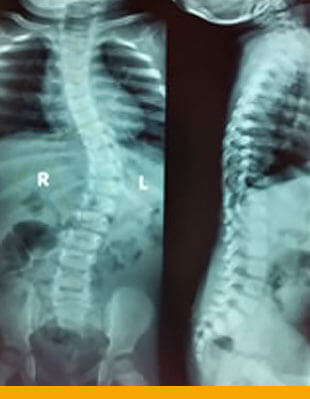
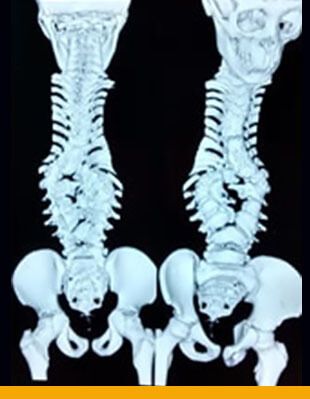
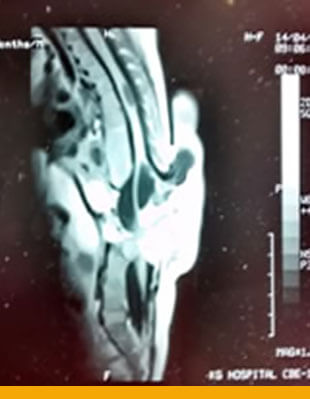
In India TB is still a leading cause for infections in the spine. Tuberculosis of the spine in childhood can cause severe disability and unsightly deformities. These deformities need to be surgically corrected in the early stages itself because they can continue to worsen even when the disease itself has healed. Fig 2 shows a child with similar deformity operated by key-hole surgery. These are growing techniques where the deformity gets corrected with growth. It helps the child to achieve his near normal height at maturity.
Showing a child with spine TB with deformity which was corrected by key-hole surgery which will allow him to attain near normal height.
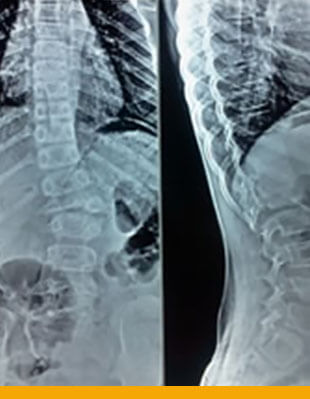
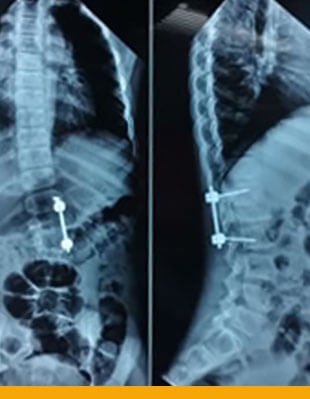
One of the leading causes of orthopaedic deformities in the previous era was poliomyelitis. In India we are now reaching a stage where we have controlled this disease very well. In those with such neuromuscular disorders spine can get affected and result in severe deformities. These are very resistant to bracing, exercises and other nonoperative treatments. Fig 3 shows a similar deformity in a patient with such neuro muscular disorder.
Showing a neuro muscular scoliosis in polio affected patient. The second picture shows a patient with neurofibromatosis with dystrophic type of rigid curve.
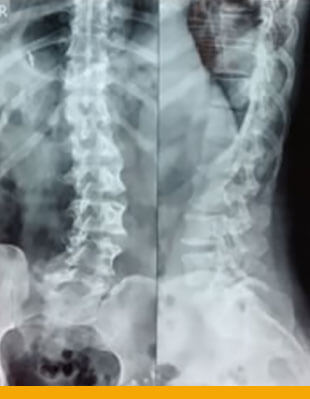
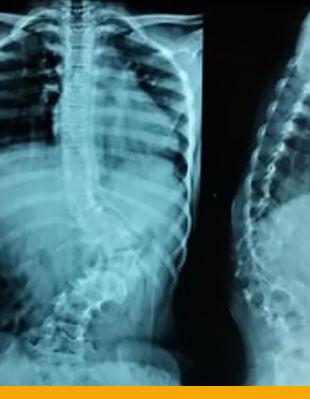
Ask our Specialist
For specific orthopedic ailment related queries please fill in the form and get in touch with our specialistsDr. David V Rajan - Arthroscopy Surgery
Travelling Tips for Patients with Knee Pain
What is Frozen Shoulder?
Dr. P Yuvarajan-Joint Reconstruction, Hip Pre
Tips for Staying Healthy while working from Home
Rotator Cuff Tear: Symptoms, Causes and Treatment
Patient Success Stories
Went in for my Son's shoulder surgery last Saturday, the modern decor, pastel colors reminded me of anything but a hospi...
Read more Google reviewMarvelous service and treatment. Especially Dr.Shyamsundar and Dr.Sri Ram their great service. Keep going, thank you.
Read more Facebook reviewOne of the most caring hospital which I have encountered after a long time. From the doctors to support staff, all we t...
Read more Google reviewGreat thanks to Dr David Rajan and Dr Santhosh and team for their best effort in making my mother surgery a success owin...
Read more MeenakhiYou will not find a better Ortho hospital with so much care especially during Covid pandemic times. We had stayed for tr...
Read more Prabhu NarayanMrs. Maragatham (Name changed), a 50-year-old woman came to Ortho-One with severe pain in her right knee which affected ...
Read more Mrs. MaragathamI’m Krishnamoorthy aged 82. I had pain in both knees. Compared to all the other hospitals, I feel Ortho-One is the bes...
Read more Krishnamoorthy



